By Rabbi Yair Hoffman for 5tjt.com
Rav Nosson Meir Wachtfogel zt”l was known as the Lakewood Mashgiach, and a talmid of Rav Aharon Kotler zt”l. He had learned in the famed Kelm yeshiva, and was a mentor to thousands of talmidim.
Q: What is the main power of the Yetzer HaRah to knock us out?
RNW: The Yetzer HaRah’s main power to knock us out is to have us forget our lofty status – man is truly a prince. When the Yetzer HaRah makes us forget this, we trip up and do things that are unbefitting for a prince. Yoseph HaTzaddik during the period of the greatest test of his life responded to the wife of Potiphar, “I have a connection to the Patriarchs themselves! How can I have anything to do with what you are suggesting?” In this manner – he stood up to his challenge.
This is the way we can approach Elul. Elul can be understood and appreciated as an abbreviation for Ani Ledodi v’dodi Li. With this thought in mind, we can lift ourselves up and come ever closer to Hashem with this truth of I am to my Beloved – Hashem, and my Beloved is to me. When you remember and you feel that you are a ben Melech, a prince – you will act in an entirely different manner.
Q: What is the general method of Avodah during Elul?
RNW: I do not know. I just have a kaballah in my hands from all of my Rebbeim that whoever works hard, and exerts effort, and sweats, and does not stop, at the end he will achieve. There are no yachsanim – people with yichus. The nature of a person is established based upon his effort and sweat in serving our Creator. If someone does not work and does not exert effort – he is left with nothing. “a trapen shveis vart nit farlahren – a drop of sweat never goes to waste.”
There is a wonderful young man who could use our assistance. Please read it and help. https://thechesedfund.com/zechornilah/ayeshivastudentneedshelp
Q: What does the RY hold is the ikkar Avodah during Elul?
RNW: The main Avodah in Elul has to be from the perspective of Assei Tov as opposed to focusing on sur merah. Rabbi Yisroel Salanter made a special seder for his students during Elul where they studied for 18 hours straight. That is, they placed an emphasis on the “Assai Tov.”
Now, HaGaon HaRav Yisroel Salanter and his students were Gedolei Olam – they learned throughout the entire year to the best of their abilities. If so, why davka during Elul did they learn 18 hours straight? The reason is that during the year, they did not have the strength to learn so much. Only during these days. Which are days of Rachamim and ratzon, the mind opens up and the heart widens, and we become ever closer to Hashem, who is the teacher of Torah to His nation, Israel – then they felt that they had the ability to learn 18 hours straight.
There is a wonderful young man who could use our assistance. Please read it and help. https://thechesedfund.com/zechornilah/ayeshivastudentneedshelp
Q: But what about the pressure – the anxiety that we are standing in Elul?
RNW: This is the wrong approach. We are now at the very beginning of Elul – it is not the last moment. There is a whole Elul Zman before us. The Avodah of Elul must be normal: to daven well, to learn well, to guard the sedarim and learning times well, and to study Mussar. If you conduct yourself in this manner, you will succeed – b’ezras Hashem!
*An i-Interview is a re-construction of the words of the interviewee in an interview format in order to facilitate greater comprehension. The words found in the responses are all quite real. However, the questions are imaginary, so to speak. This article was based upon the sefer Leket Reshimos.
There is a wonderful young man who could use our assistance. Please read it and help. https://thechesedfund.com/zechornilah/ayeshivastudentneedshelp
The author can be reached at [email protected]


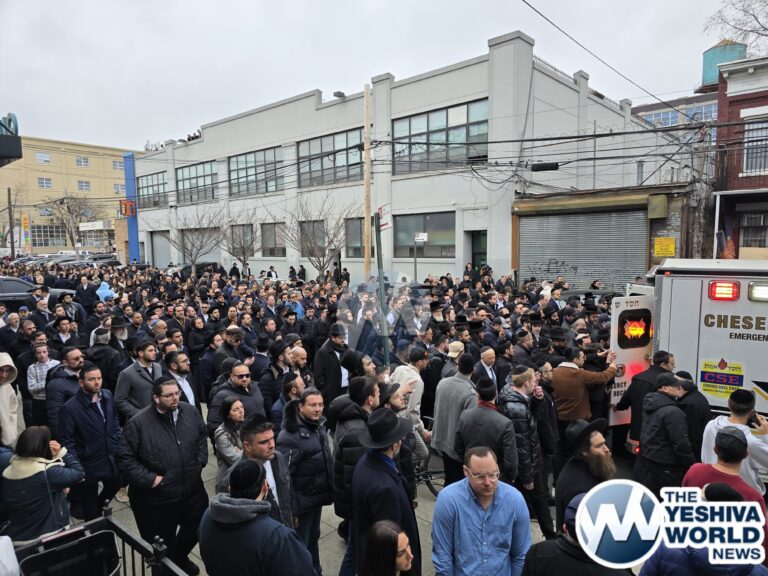

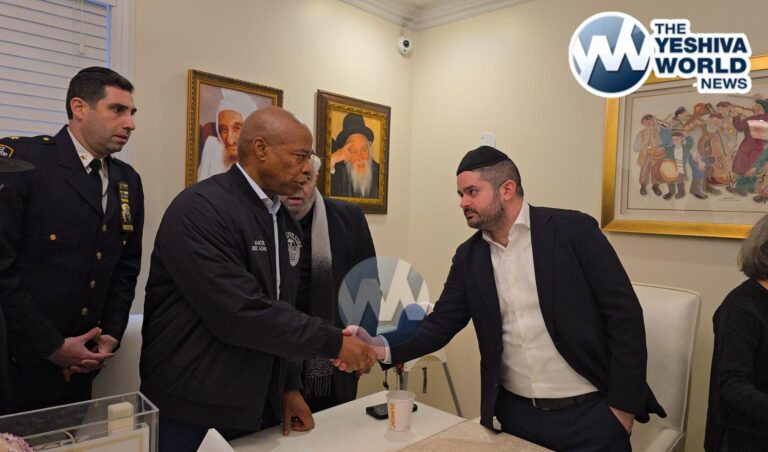
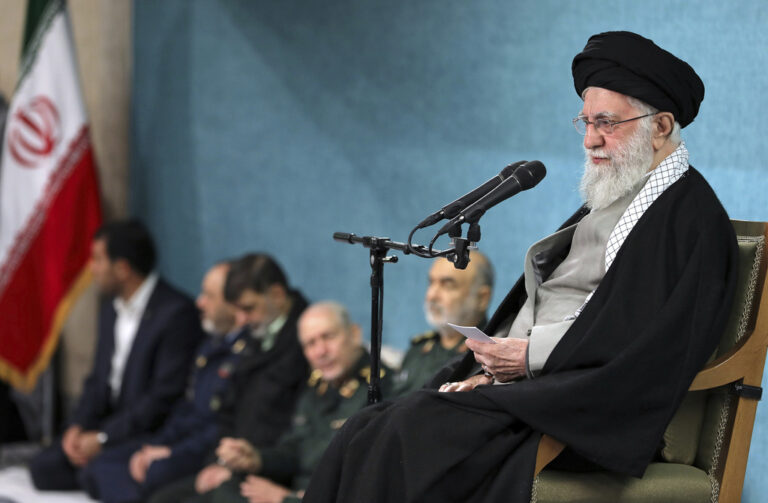
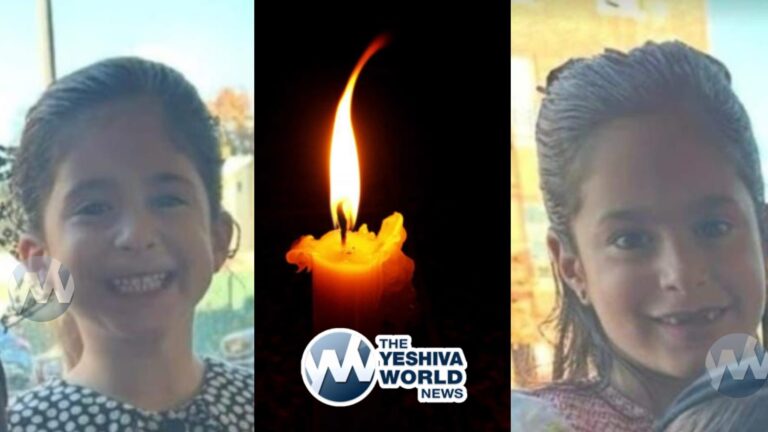
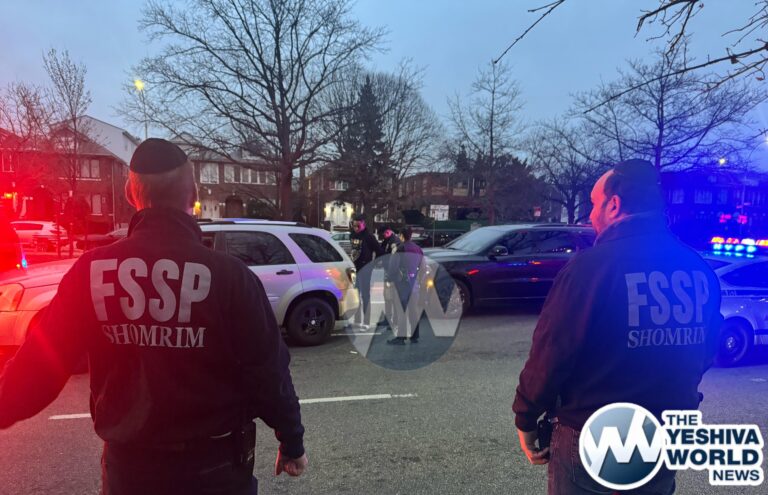

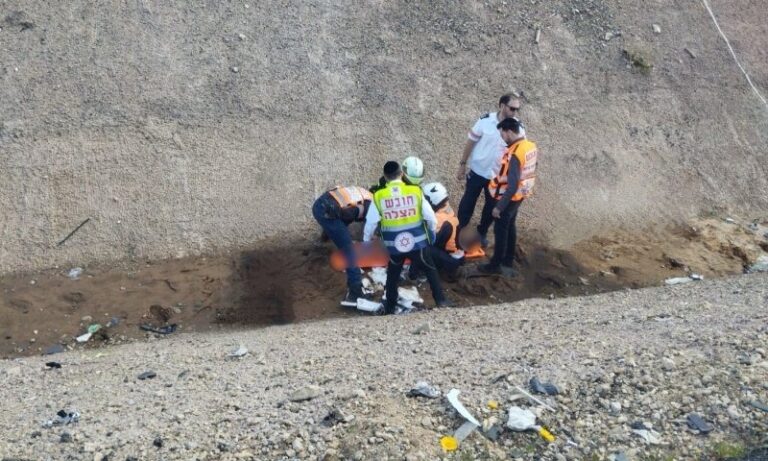
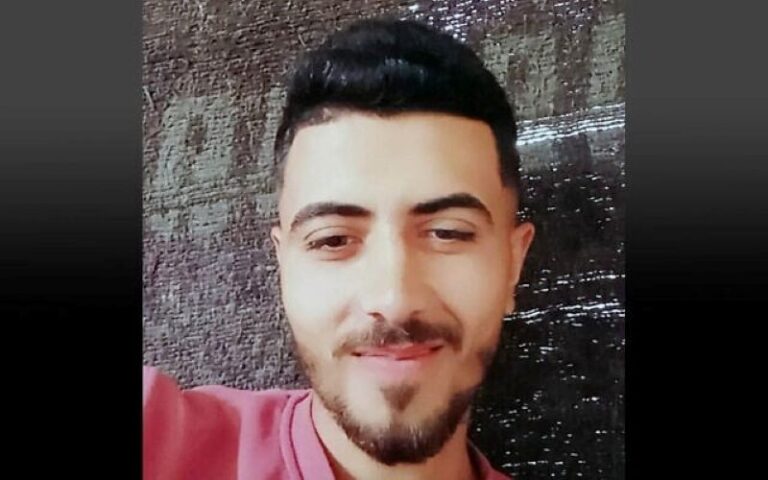
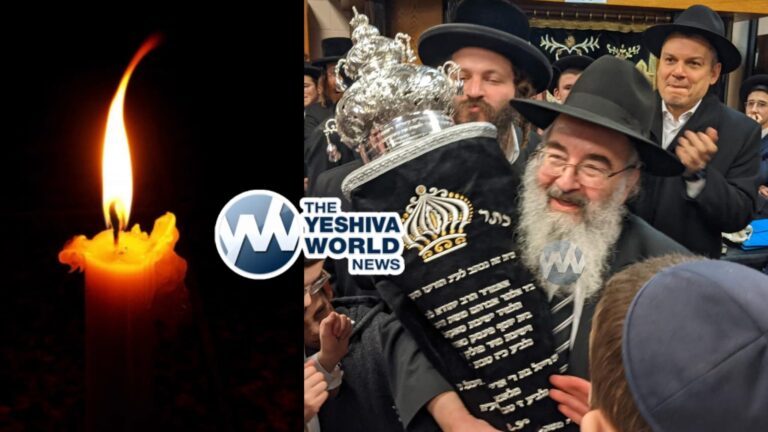
3 Responses
Can someone explain me how you interview deceased people for your articles? Do you have some contact information in Gan Eden for reaching them? I so:- I would love to learn how to receive such contact information, to reach some loved ones, up there.
147 trolling again.
Please read before you post.
An i-Interview is a re-construction of the words of the interviewee in an interview format in order to facilitate greater comprehension. The words found in the responses are all quite real. However, the questions are imaginary, so to speak. This article was based upon the sefer Leket Reshimos.
Please NOTE: Rav Nosson zt”l was never a talmid of R’ Aron Kotler zt”l.
RABBI HOFFMAN RESPONDS:
in early 1943, Beis Medrash Gavoha was established. It began in White Plains, in Westchester County, New York, when a number of students under Rav Nosson Wachtfogel joined together to study. They soon invited Rav Aharon to give shiurim.
Eventually, the Yeshiva moved to Lakewood, New Jersey. Why the move from White Plains to Lakewood? There are different theories, but it is likely that the situation in Westchester was not conducive to Rav Aharon giving his shiurim.
A new location was now necessary. Like White Plains, Rav Aharon wanted a town with few distractions, a town close enough to New York, yet a town outside of New York. Irving Bunim came up with Lakewood, New Jersey. Lakewood, at the time, was a resort town with many hotels.
They engaged the services of Reb Menashe Rabbinowitz, a realtor in New Jersey. They found a building at 617 Seventh Street, owned by a Mr. Kaufman who had recently passed away. His relative was very enthusiastic about the project, particularly because he had the real estate agent participate in a chazannus memorial for World War I soldiers some twenty years earlier . In April of 1943 a building was purchased and renovations began immediately. As soon as they could, the bochurim moved in and began learning.